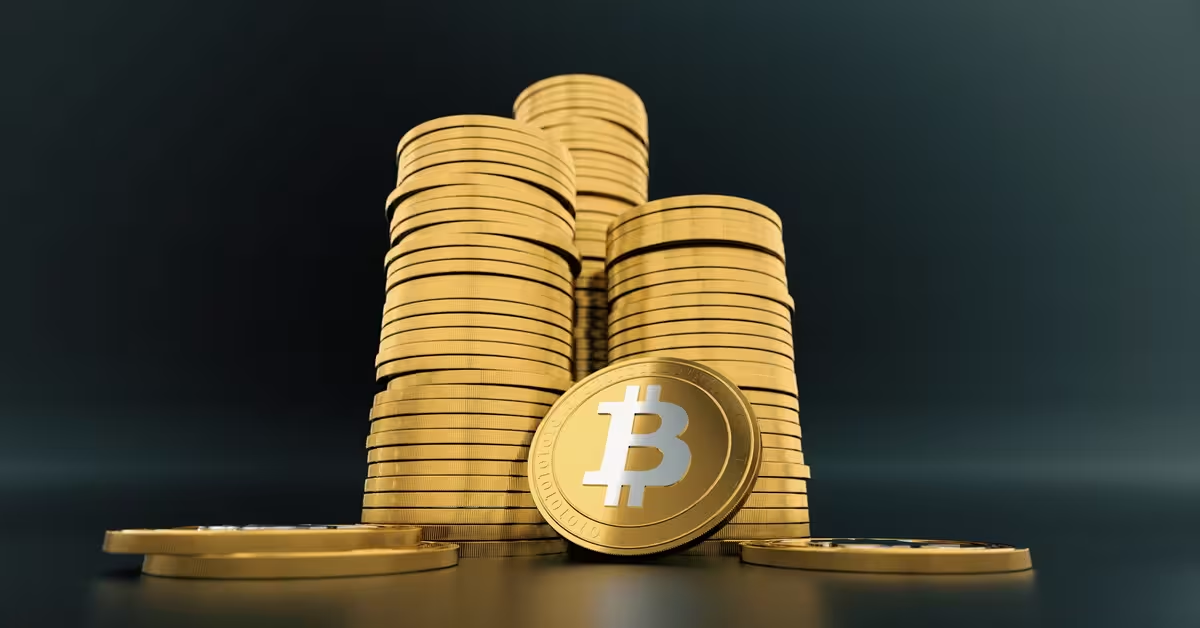Exploring Aave V3: What’s New and How It Enhances Your DeFi Experience
The decentralized finance (DeFi) sector is rapidly transforming the financial landscape by offering new ways for users to borrow, lend, and earn interest on their crypto assets. Among the leaders in this space is Aave, a decentralized lending protocol that has consistently set the bar high with innovative features and a robust platform. Since its … Read more



